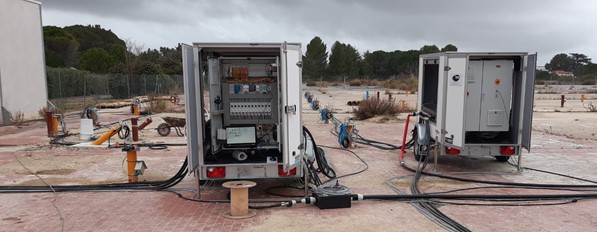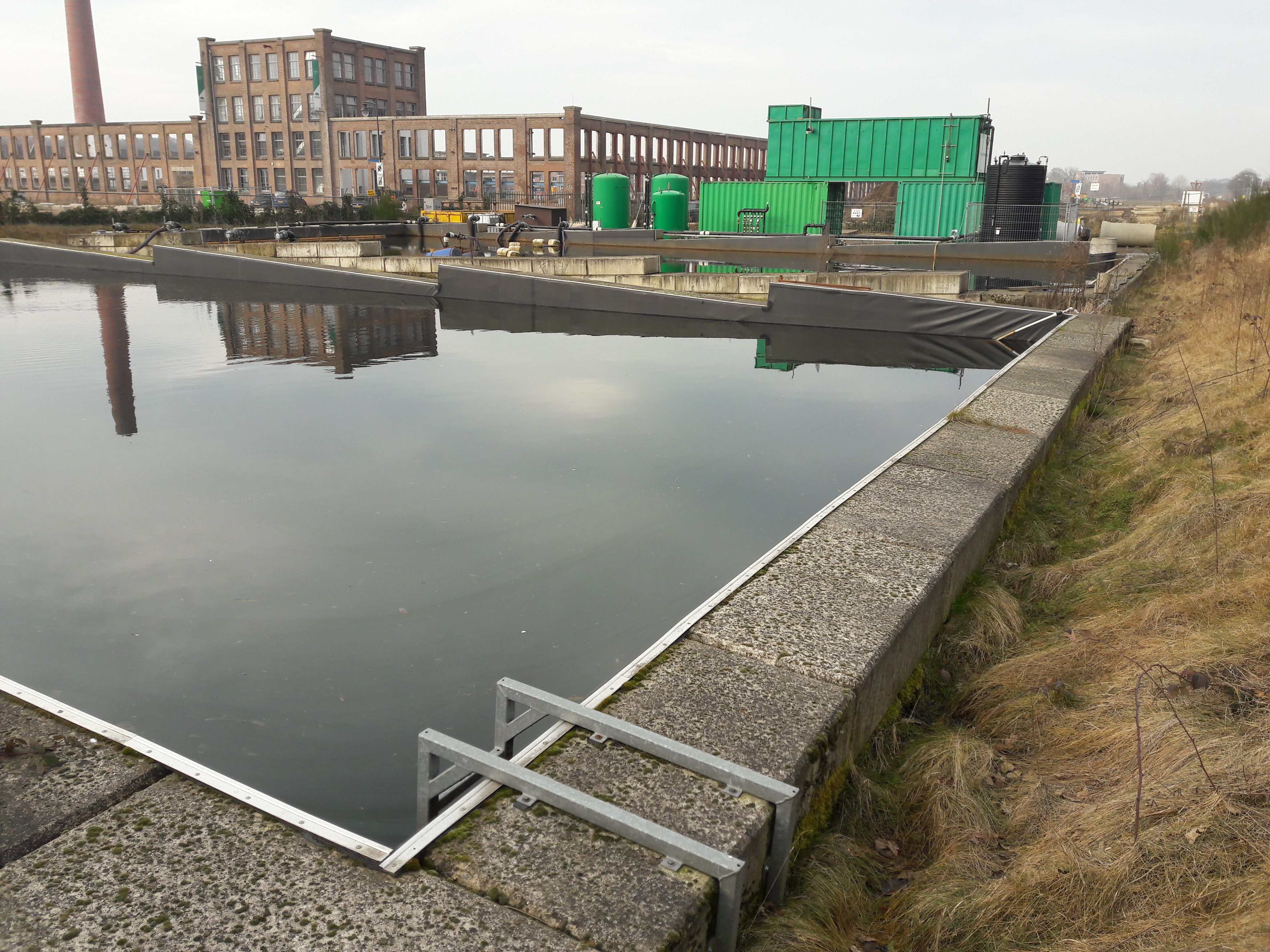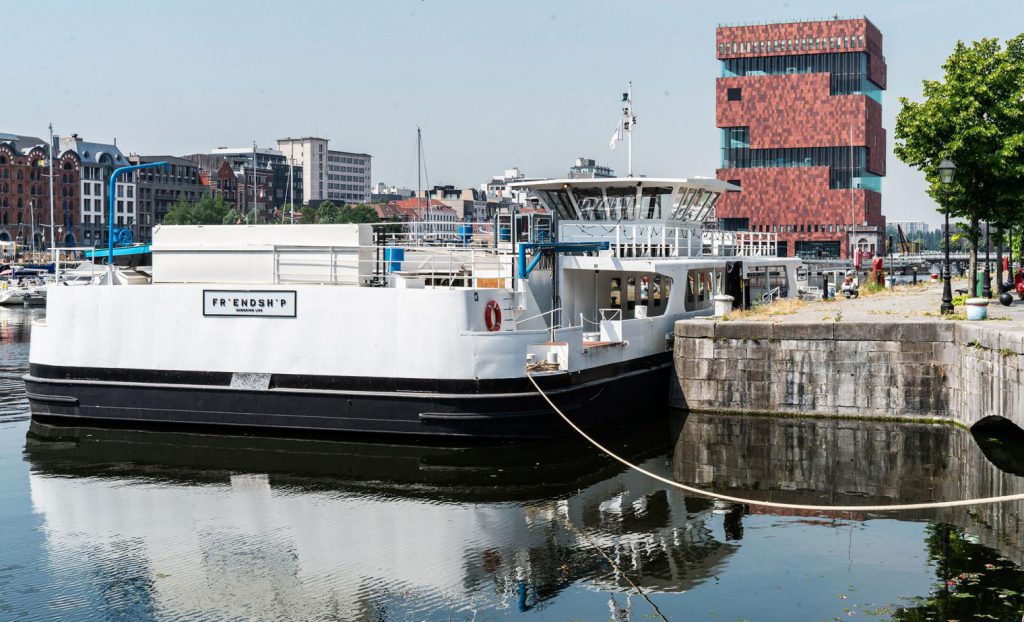 LUCHT
LUCHT
More information?
If you would like to receive more information or would like to know what we can do for you, please feel free to contact one of our specialists:

Managing Director
Menno Smits
Adsorption of vapours
Vapours can also be adsorbed to an adsorption material. We work mainly with activated carbon or with zeolites. Activated carbon is a micro-porous carbon matrix with an extremely large internal surface area. This internal surface area is ideal for the adsorption of a large variety of organic hydrocarbons.
Activated carbon has the advantage of being relatively cheap and simple for use in the operations. A number of preconditions are of course attached to this at all times.
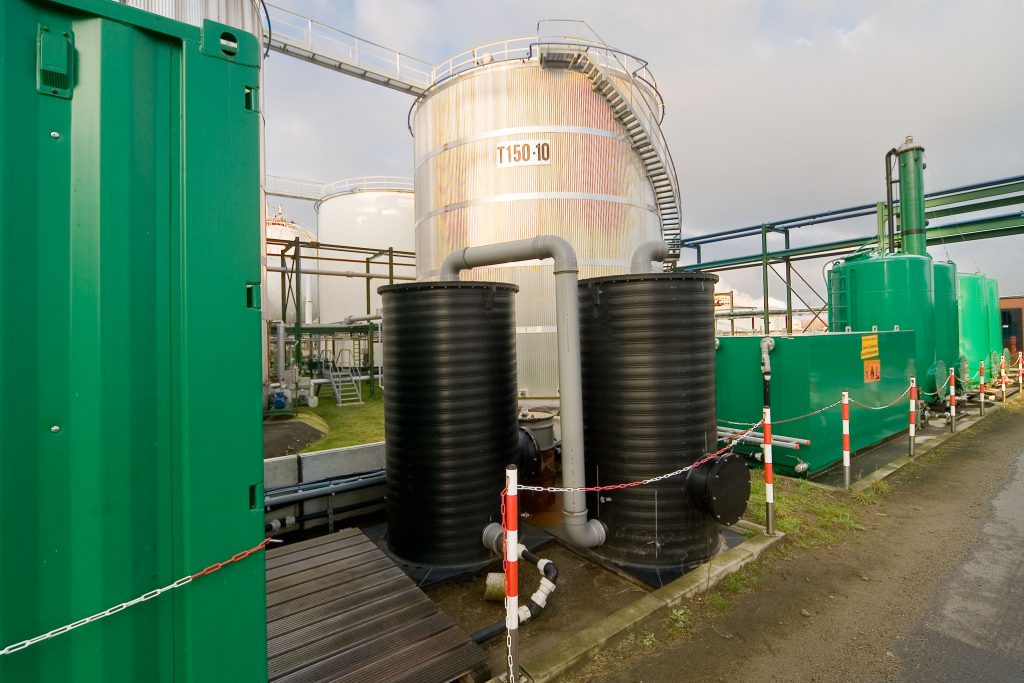
Preconditions
The loading efficiency of pollutants on activated carbon will depend on aspects like influent concentrations, temperature or humidity of the treated vapour. The loading efficiency will be better when the vapour temperatures are not too warm and influent concentrations are high. Of course the vapour stream is best treated by carbon if the humidity is not too high.
Loaded activated carbon desorbs its contamination again. Once loaded, the activated carbon should either be replaced by a new batch or regenerated in situ (e.g. with steam and/or vacuum). Different substances are adsorbed differently by carbon. In general, the more volatile the contamination, the more difficult it is to adsorb it to the carbon. What’s more, substances that adsorb less can be easily rejected by well adsorbing substances; in other words, mixtures are more difficult to adsorb.
Heat is released during the adsorption process. In case of excessively high influent concentrations there is always the risk of self-ignition of the activated carbon.
Zeolites
In addition to activated carbon, certain zeolites can also adsorb contamination. Zeolites (mineral origin) have a major advantage in that relatively little adsorption heat is released, which means that the risk of self-ignition is marginal. Zeolite is, however, (much) more expensive, so is only interesting as replacement for activated carbon when this can be cleaned/adsorbed in situ. We mainly use zeolites as a ‘peak shaving’ technique, whereby any high influent peaks are levelled off for the eventual air purification.

